The client of this cattle feed manufacturing plant in Ecuador project is a feed company, whose main business scope includes feed production, livestock and fishery feed sales, feed raw material sales, grain procurement, primary agricultural product procurement, packaging services, etc.
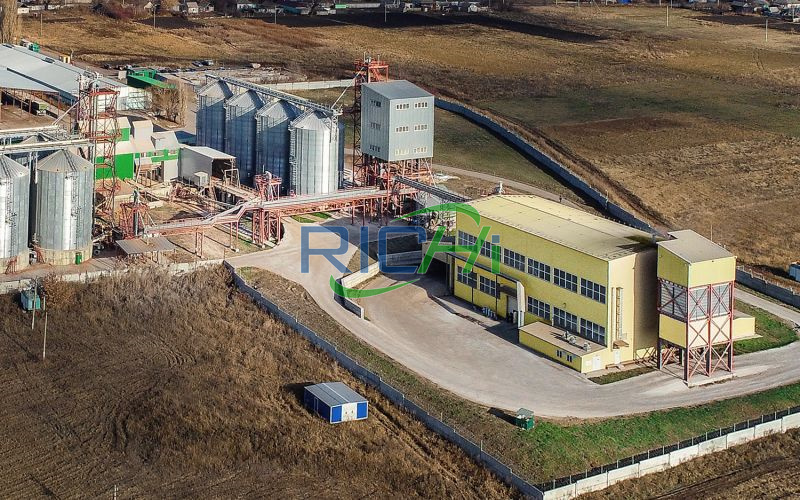
With the development of economy, the level of urbanization is constantly improving. The increase in residents' consumption of animal food will inevitably lead to further growth in residents' consumption of animal food such as meat, eggs, milk, and aquatic products, thereby driving the increase in feed demand.
The development of animal husbandry and aquaculture is the driving force of the feed industry, and the feed industry is the foundation and driving force for the development of animal husbandry and aquaculture. For this reason, the Ecuadorian client decided to build a new 180,000-ton ruminant cattle feed plant project.
The labor quota of this cattle feed manufacturing plant in Ecuador project is 60 people, working 300 days a year, and working 8 hours a day.
Name:
Cattle feed factory
Country:
Ecuador
Date:
2024.05.13
Capacity:
25T/H
Product Type:
4-8mm
The install period:
150 Days
Control Mode:
Full Automatic
Guiding Price:
$1.15 million
The cattle feed manufacturing plant in Ecuador project covers an area of 39,632.40m2, which is industrial land. The project will build a ruminant feed (feed for animals with ruminant stomach) production line. After completion, it will produce 180,000 tons of ruminant feed annually. The product plan of the whole plant is shown in the table below.
| No. | Name | Annual output | Remarks |
| 1 | Ruminant feed | 18t/a | Among them, 54,000 tons of granular feed, with a specification of ≤4% of the material under 10 mesh sieve; 126,000 tons of powdered feed, with a specification of 100% passing rate of powdered material on 8 mesh sieve. |
This cattle feed manufacturing plant in Ecuador project mainly constructs feed workshop and raw material warehouse complex, corn silo, grain unloading room, finished product warehouse, auxiliary rooms, office complex, gatehouse, sampling room, production workshop, public facilities, electricity, water supply and drainage, building fire protection, greening and other supporting facilities. The main construction contents of the project are detailed in the table below.
| Category | Engineering Name | Construction Content |
| Main engineering | Feed Workshop and Raw Material Warehouse Assembly | Located in the middle of the east side of the factory, it mainly includes a feed workshop, covering an area of 656.21m2, with a ruminant feed production line; a raw material warehouse, covering an area of 2974.42m2, mainly for the storage of bagged raw materials; a delivery canopy, connected to the north side of the raw material warehouse, covering an area of 444.30m2. |
| Production Workshop (Reserved) | Located in the southeast of the factory, covering an area of 4672m2, reserved workshop. | |
| Corn silos | Located in the north of the east side of the factory, there are 4 silos, covering an area of 763.85m2, with a diameter of 14.54m and a single silo capacity of 2500t, mainly used for corn storage. | |
| Dregs silos | Located in the north of the corn silos, there are 6 silos, covering an area of 186.92m2, with a diameter of 6m and a single silo capacity of 250t, mainly used for soybean meal storage. | |
| Grain unloading room | Located in the north of the silos, there is 1 silo, covering an area of 597.05m2, mainly used for unloading raw corn, silos, etc. | |
| Finished product warehouse | Located in the north of the west side of the factory, it mainly includes 1 finished product warehouse, covering an area of 2877.54m2, used for the storage of finished feed; 1 delivery canopy, connected to the west side of the raw material warehouse, covering an area of 572.67m2. | |
| Auxiliary engineering | Auxiliary room | Located in the northwest of the factory, 1, covering an area of 721.94m2, mainly equipped with fire pumps, diesel generators, special transformers for fire protection systems and other facilities. |
| Semi-underground fire water pool | Located in the north of the auxiliary room, covering an area of 568.40m2, with a volume of 1650m3, mainly used for the storage of fire water. | |
| Office complex | Located in the southeast of the factory, 1 building, covers an area of 679.96m2, with laboratories, administrative offices, canteens, etc., mainly used for quality inspection, office, dining, rest, etc. of factory staff. | |
| Sampling room | Located on the right side of the factory logistics entrance and exit, 1 building, covers an area of 154.92m2, mainly for simple sampling, issuing and receiving tickets, etc. | |
| Truck scale | Located in the factory logistics entrance and exit, 1 building, covers an area of 65m2. | |
| Power distribution room | Located on the first floor of the feed workshop, equipped with a 1250KVA transformer. | |
| Gatehouse | Located on the left side of the factory office entrance, 1 building, covers an area of 57.04m2, mainly used for the guard's office and rest. | |
| Hazardous waste room | Located in the northwest corner of the factory, 1 building, covers an area of 9m2, mainly used for temporary storage of hazardous waste. | |
| Public engineering | Power supply | Provided by the power supply network, with an annual power consumption of 3.5235 million kW•h/a. |
| Water supply | Provided by the water supply network, mainly for production and living water, with a fresh water consumption of 15.32m3/d (3454m3/a). | |
| Drainage | The wastewater from the canteen is treated in the grease trap and then discharged into the septic tank in the factory area together with the domestic sewage, and then enters the local water treatment center for treatment through the sewage pipe network; the equipment flushing wastewater is used for road cleaning and dust suppression in the field area. | |
| Steam supply | The production heat of this cattle feed manufacturing plant in Ecuador project is steam heating, which is provided by the steam pipe network, and the annual steam consumption is 3560t. |
| No. | Buildings | Building area m2 | QTY | Number of floors (floors) | Structural form |
| 1 | Feed workshop | 4577.58 | 1 | 7 | Steel frame |
| 2 | Raw material warehouse | 2974.42 | 1 | 1 | Steel frame |
| 3 | Corn silo | 763.85 | 1 | 1 | The bottom is a concrete frame and the upper part is a steel plate |
| 4 | Meal silo | 186.92 | 1 | 1 | Steel plate |
| 5 | Grain unloading room | 597.05 | 1 | 1 | Steel frame |
| 6 | Finished product warehouse | 28 77.54 | 1 | 1 | Steel frame |
| 7 | Auxiliary room | 721.94 | 1 | 1 | Concrete frame |
| 8 | Semi-underground fire water tank | -- | 1 | 1 (semi-underground) | Reinforced concrete |
| 9 | Office complex | 1930.54 | 1 | 3 | Concrete frame |
| 10 | Sample room | 154.92 | 1 | 1 | Concrete frame |
| 11 | Gate room | 57.04 | 1 | 1 | Concrete frame |
| 12 | Hazardous waste room | 9 | 1 | 1 | Concrete frame |
The main raw and auxiliary materials used in this cattle feed manufacturing plant in Ecuador project and their physical and chemical properties are shown in the table below.
| No. | Name | Consumption | Packaging and transportation |
| 1 | Corn | 75,000 t/a | Bulk, truck transport |
| 2 | Corn husk with pulp | 15,000 t/a | Bagged, truck transport |
| 3 | Corn (DGS) | 15,000 t/a | Bagged, truck transport |
| 4 | Soybean meal | 25,000 t/a | Bulk, truck transport |
| 5 | Germ meal | 4,000 t/a | Bagged, Truck transport |
| 6 | Cottonseed meal | 4,000 t/a | Bagged, truck transport |
| 7 | Sunflower seed meal | 6,000 t/a | Bagged, truck transport |
| 8 | Rapeseed meal | 3,000 t/a | Bagged, truck transport |
| 9 | Sesame meal | 3,000 t/a | Bagged, truck transport |
| 10 | Beet pellet meal | 3,000 t/a | Bagged, truck transport |
| 11 | Single bran | 15,000 t/a | Bagged, transported by truck |
| 12 | Wheat bran | 15,000t/a | Bagged, transported by truck |
| 13 | Compound premix | 10,000t/a | Bagged, transported by truck |
| 14 | Trace elements | 8,000 t/a | Barreled, transported by truck |
| 15 | Additives | 6,000 t/a | Canned, transported by truck |
| 16 | Other raw and auxiliary materials | 15,000 t/a | Bagged, transported by truck |
| 17 | Sulfuric acid | 0.05t/a | Bottled, transported by truck |
| 18 | Hydrochloric acid | 0.05t/a | Bottled, transported by truck |
| 19 | Sodium hydroxide | 0.05t/a | Bottled, transported by truck |
| 20 | Fresh water | 3454m3/a | -- |
| 21 | Electricity | 3.5235 million kW·h/a | -- |
| 22 | Steam | 3560t/a | -- |
| Name | Physical and Chemical Properties |
| Pulp Corn Husk | Corn husk separated after soaking and crushing, with high protein and starch content. Mainly from feed additives, food additives and other industries. |
| Corn (DGS) | Corn distiller's grains, mainly refers to the symbiotic product formed by low-temperature drying of the remaining fermentation residues after corn kernels and selected yeast are mixed and fermented to produce ethanol and carbon dioxide in a fuel ethanol factory with modern technology and equipment. Mainly from fuel ethanol production enterprises. |
| Soybean Meal | Soybean Meal is a by-product obtained after soybean oil is extracted from soybeans, mainly from soybean oil production enterprises. |
| Germ Meal | Germ Meal is a by-product obtained after corn germ is used as raw material and oil is extracted through pressing or soaking. Mainly from corn oil pressing production enterprises. |
| Cottonseed meal | A reddish or yellow granular product obtained by pressing and leaching cottonseeds. It is the main raw material for making feed and contains more than 40% crude protein. It mainly comes from edible vegetable oil production enterprises. |
| Sunflower seed meal | The material obtained by pre-pressing or directly leaching sunflower seeds to extract oil. It mainly comes from sunflower oil production enterprises. |
| Rapeseed meal | The by-product of rapeseed oil extraction; it mainly comes from rapeseed oil production enterprises. |
| Sesame meal | The by-product of sesame oil extraction; it mainly comes from sesame oil production enterprises. |
| Beet Pellet Meal | Beet shreds, a byproduct of beet sugar production, are made by pressing, drying and granulating. It is rich in fiber and protein as well as other trace elements required for livestock feed. It is a high-quality feed with high nutritional value. Feeding dairy cows and beef cattle with this feed can increase their milk and meat production. It mainly comes from beet sugar companies. |
| Synthetic bran | A byproduct of rice, wheat and other cereal grains, containing up to 31%-35% crude fiber; it mainly comes from grain processing companies. |
| Wheat bran | The seed coat sieved after wheat flour is ground; it mainly comes from grain and oil production companies. |
| Compound premixed feed | The main ingredient is vitamins. |
| Additives | Mainly molasses, etc. |
| Other raw and auxiliary materials | Mainly baking soda, sodium chloride, etc. |
The main equipment of this cattle feed manufacturing plant in Ecuador project is shown in the table below.
| No. | Equipment Name | Specification Model | QTY |
| Corn Storage System | |||
| 1 | Under Feeding Screen Bucket | 4m×6m | 1 |
| 2 | Back Flip Hydraulic Flip Plate | Power 45kW | 1 |
| 3 | Scraper | 100t/h | 4 |
| 4 | Elevator | 100t/h | 2 |
| 5 | Double-drum screen | Power 5.5kW | 1 |
| 6 | Electric tee | Power 0.06kW | 6 |
| 7 | Automatic iron remover | Power 0.3k W | 1 |
| 8 | Flow scale | 100t/h | 1 |
| 9 | Level meter | -- | 2 |
| 10 | Electric gate | -- | 1 |
| 11 | Self-cleaning electric Dynamic gate | -- | 4 |
| 12 | Manual gate | -- | 4 |
| 13 | Electric gate | -- | 4 |
| 14 | Scraper | 50t/h | 6 |
| Meal storage system | |||
| 1 | Underfeeding screen bucket | 4m×6m | 1 |
| 2 | Rear-flip hydraulic flap | Power 45kW | 1 |
| 3 | Scraper | 50t/h< /td> | 1 |
| 4 | Elevator | 50t/h | 2 |
| 5 | Electric tee | Power 0.06kW | 7 |
| 6 | Single drum screen | Power 1.5kW | 1 |
| 7 | Automatic iron remover | Power 0.3kW | 1 |
| 8 | Flow rate scale | -- | 1 |
| 9 | Self-cleaning scraper | 50t/h | 1 |
| 10 | Self-cleaning electric gate | 50t/h | 1 |
| 11 | Storage machine | Power 6kW | 6 |
| 12 | Scraper | 30t/h | 4 |
| Raw material receiving equipment | |||
| 1 | Feeding hopper and fence | 3.5m×2.5m | 2 |
| 2 | Scraper conveyor | Power 4kW | 1 |
| 3 | Scraper conveyor | Power 2.2kW | 1 |
| 4 | Scraper conveyor | Power 5.5kW | 1 |
| 5 | Bucket elevator | Power 15kW | 2 |
| 6 | Bucket elevator | Power 11kW | 1 |
| 7 | Pneumatic round tee | -- | 3 |
| 8 | Round primary screen | Power 0.75kW | 1 |
| 9 | Magnetic drum machine | Power 0.25kW | 3 |
| 10 | Flowmeter | -- | 3 |
| 12 | Rotary distributor | Power 0.37kW | 3 |
| 13 | Bucket elevator | Power 4kW | 1 |
| 14 | Powder cleaning screen | Power 11kW | 1 |
| Crushing equipment | |||
| 1 | Leveler | -- | 16 |
| 2 | Buffer hopper | -- | 4 |
| 3 | Feeder | Power 1.1kW | 2 |
| 4 | Crusher | Power 160kW | 2 |
| 5 | Material sealing screw conveyor | Power 5.5kW | 2 |
| 6 | Bucket elevator | Power 7.5kW | 2 |
| 7 | Flow scale | -- | 2 |
| 8 | Rotary distributor | Power 0.37kW | 2 |
| Batching and mixing equipment | |||
| 1 | Material level device | -- | 52 |
| 2 | Batching bin | 520m3 | 1 |
| 3 | Batching machine | -- | 26 |
| 4 | Batching weighing bucket | -- | 3 |
| 5 | Double-shaft paddle type high-efficiency mixer | Power 45kW | 1 |
| 6 | Buffer bucket | -- | 1 |
| 7 | Material level meter | -- | 1 |
| 8 | Scraper conveyor | Power 5.5kW | 1 |
| 9 | Bucket type Elevator | Power 22kW | 1 |
| 10 | Buffer bin | 2m3 | 1 |
| 11 | Level controller | -- | 2 |
| 12 | Buffer bin | 1m3 | 1 |
| 13 | Screw conveyor | Power 5.5kW | 1 |
| 14 | Molasses mixer | Power 45kW | 1 |
| 15 | Scraper conveyor | Power 4kW | 1 |
| 16 | Scraper conveyor | Power 3kW | 1 |
| 17 | Scraper conveyor | Power 7.5kW | 1 |
| Micro-dosing | |||
| 1 | Material leveler | -- | 6 |
| 2 | Small material discharging machine | -- | 6 |
| 3 | Small material silo | 3m3 | 10 |
| 4 | Small material silo | 6m3 | 10 |
| 5 | Material level device | -- | 16 |
| 6 | Small material discharging machine | Power 1.5kW | 16 |
| 7 | Batching hopper scale | -- | 2 |
| 8 | Single shaft mixer | Power 1.5kW | 1 |
| Pelletizing section | |||
| 1 | Material level device | -- | 10 |
| 2 | Pelletizing bin | 100m3 | 1 |
| 3 | Feeder | Power 2.2kW | 1 |
| 4 | Conditioner | Power 11kW | 2 |
| 5 | Retainer | Power 5.5kW | 1 |
| 6 | Cattle feed pellet making machine | Power 160kW | 1 |
| 7 | Counterflow cooler | Power 2.6kW | 1 |
| Finished product packaging and bulk engineering | |||
| 1 | Finished product warehouse | 1360m3 | 1 |
| 2 | Automatic thread-breaking sewing machine | -- | 2 |
| 3 | Automatic bagging machine | -- | 1 |
| 4 | Robot body | -- | 1 |
| 5 | Tonnage scale | Power 3kW | 1 |
| Auxiliary equipment | |||
| 1 | Honey pot | 50m3 | 1 |
| 2 | Steam flow meter | -- | 1 |
| 3 | Air compressor system | Power 30kW | 2 |
| 4 | Dry-type transformer | 1250KVA | 1 |
| 5 | Diesel generator set | -- | 1 |
| 6 | Truck scale | -- | 1 |
| 7 | Fire elevator | -- | 1 |
| 8 | Blower | -- | 8 |
| 9 | Special transformer for fire protection system | 250KVA | 1 |
The cattle feed manufacturing plant in Ecuador project mainly uses corn, meal and other raw materials to produce ruminant feed after crushing, mixing, granulation and other processes. After completion, the annual output of ruminant feed is 180,000 tons, including 54,000 tons/a of granular feed and 126,000 tons/a of powdered feed.
Except for the addition of the granulation section, the other process flow of granular feed is the same as that of powdered feed, and the two feeds are not produced at the same time.
In order to reduce the emission of pollutants, the material unloading pit of the project is equipped with a downdraft device and a closed air device; the material transfer, crushing, mixing, granulation and other process nodes are fully enclosed.
The raw material receiving section mainly includes raw material receiving, classified storage, raw material pretreatment, etc.
Reception of bulk raw materials: bulk raw materials such as corn and soybean meal are transported by bulk trucks, and are transported to bulk bins by scrapers after pretreatment; Reception of packaged raw materials: bagged raw materials such as pulped corn husks, germ meal, and wheat bran, and barreled or canned raw materials such as trace elements and molasses are directly stored in the raw material warehouse after acceptance.
Bulk raw materials such as corn and soybean meal are transported to the unloading room by transport vehicles. After the vehicle enters the unloading room, the door of the unloading room is closed, and the raw materials are unloaded to the unloading pit through the rear hydraulic flap.
The unloading pit is equipped with a lowering screen bucket to remove general impurities contained in the raw materials, and then the raw materials are transported to the pellet barrel screen by the scraper to further remove impurities.
After removing general impurities, the raw materials are automatically ironed by an iron remover to remove iron impurities, and then lifted to the silo by a bucket elevator for storage. Corn is transported to the corn silo by the elevator for storage, and soybean meal is transported to the meal silo by the elevator for storage.
Corn, soybean meal, etc. in the bulk bin are transported by scraper conveyor to the feed workshop, and then to the crushing buffer bucket for measurement by bucket elevator, and then to the closed crusher through the feeder.
The bagged raw materials that need to be crushed, such as germ meal, cotton meal, sunflower seed meal, rapeseed meal, sesame meal, and beet granule meal, are lifted by bucket elevator through the feeding port to the cylindrical primary cleaning screen, magnetic separation drum machine for impurity removal, and then to the crushing buffer bucket for measurement by flow scale, and then to the closed crusher through the feeder.
This cattle feed manufacturing plant in Ecuador project is equipped with two hammer mills, which can achieve coarse and fine crushing by adjusting the gap between the hammer and the screen. Hammer mill is the most widely used type of crusher at present.
Raw materials that do not need to be crushed, such as bran, wheat bran, corn husk, corn (DGS), etc., are transported to the batching bin via a scraper conveyor and a bucket elevator. Corn, soybean meal, germ meal, cottonseed meal, sunflower meal, rapeseed meal, sesame meal, beet granules, etc. are crushed and then enter the batching bin.
The raw materials in the batching bin are controlled by the computer in the central control room according to the proportion of each raw material, and the batcher is discharged to the batching scale.
After weighing, the materials flow through the pipeline to the double-shaft paddle high-efficiency mixer. The trace element small silo is weighed from the batching hopper scale and then mixed evenly in the single-shaft mixer before entering the double-shaft paddle high-efficiency mixer to mix with the raw materials.
Molasses are mixed evenly from the buffer bin to the molasses mixer via the screw conveyor, and then enter the double-shaft paddle high-efficiency mixer to mix with the raw materials. After all materials are fully mixed in the closed mixer, powdered feed is produced and then sent to the finished product warehouse for packaging via a scraper conveyor and a bucket elevator; granular feed is produced and sent to the granulation warehouse via a scraper conveyor and a bucket elevator.
The granulation section in this cattle feed manufacturing plant in Ecuador project mainly includes conditioning, granulation, cooling, screening, etc.
The mixed materials are firstly removed by a safety magnet to remove iron and impurities and then conditioned. Conditioning is mainly to mature the feed so that it becomes a powdered feed with a certain amount of moisture and humidity that is conducive to granulation. The conditioning of this project mainly adopts a conditioner + retainer.
In the conditioner, the material and steam are fully gelatinized under the strong action of shearing and stirring. This process produces a full-structure matrix in the particles containing soluble sugar and fiber, increases the volume of the particles, becomes a porous structure, and fully matures the compound.
The main function of the retainer is to extend the maturation time of the material and further improve the maturation degree of the material. After the feed is matured, not only the physical state such as the appearance changes, but also the molecular structure of the internal organic matter changes, making starch easier to digest and protein easier to use.
The matured feed is granulated in the ring die pelletizer, and the feed pellets are transported to the countercurrent cooler by the scraper conveyor and bucket elevator for cooling and drying.
During the granulation process, due to the introduction of high-temperature and high-humidity steam and the extrusion of the material to generate a large amount of heat, the pellet feed has a moisture content of 15% and a temperature of up to 98°C when it just comes out of the feed pellet machine.
Under such conditions, the pellet feed is easy to deform and break, and it will also produce adhesion and mildew during storage. The moisture content must be reduced to below 12.5% and the temperature must be reduced to below 8°C higher than the air temperature, which requires cooling. The countercurrent cooler uses an air compressor to generate compressed cooling air to cool the pellet feed to a suitable temperature.
The cooled cattle feed pellets are crushed into pellets by the crusher, and the crushed feed is graded by the rotary grading screen. The qualified pellets are stored in the finished product warehouse. The pellets with too large pellets are crushed by the pelletizer, and the pellets with too small pellets are sent to the pelletizer for pelleting again.
The products are packaged from the finished product warehouse through a computer-controlled quantitative packaging scale to the packaging bag, and are inspected and put into storage for sale.
The cattle feed manufacturing plant in Ecuador project combines functional requirements and site conditions, takes process logistics as the main line, and divides the factory area into three functional areas, namely processing and production area, auxiliary facilities area, and office and living area.
The processing and production area is the core area of the plant, located in the middle and north of the plant, with one feed workshop, one raw material warehouse, one finished product warehouse, one grain unloading room, four corn silos and six meal silos.
The auxiliary facilities area is distributed at the west and south entrances of the plant according to the site characteristics and functional requirements, and is mainly equipped with one auxiliary facility room, one gatehouse and one sampling room.
The office and living area is located in the southwest of the plant, mainly with one office complex building, which is separated from the processing and production area by a green belt and a hollow wall.
The office entrance and exit and the logistics entrance and exit are located on the south side of the plant, and the fire entrance and exit are located on the north side of the plant. The cargo transportation in the plant is smooth and pedestrians are convenient.
The power supply for this cattle feed manufacturing plant in Ecuador project is provided by the power supply network. There is a 1250KVA transformer in the plant to supply power for production and life, and a 250KVA transformer to supply power for the fire protection system. The annual power consumption is about 3.5235 million kW·h, which can meet the power demand of the project.
The production heat of this project is steam heating, which is provided by the steam pipeline network, and the annual steam consumption is 3560t.
The water used in this cattle feed manufacturing plant in Ecuador project is supplied by the water supply pipeline network, mainly including water for staff life, canteen, equipment cleaning, greening, and road dust suppression. The total water consumption of the project is 20.30m3/d (3470m3/a), of which fresh water consumption is 15.32m3/d (3454m3/a) and recycled water consumption is 0.08m3/d (16m3/a).
The living water of employees is mainly for washing. The cattle feed mill project has a labor quota of 60 people. The living water consumption is calculated at 45L/person·d, so the living water consumption is 2.70m3/d (810m3/a);
The canteen water consumption is calculated at 20L/person·d. There are 60 people eating, and the fresh water consumption is 1.20m3/d (360m3/a).
The company conducts equipment cleaning four times a year, mainly in seasons with suitable temperatures. Each equipment cleaning uses 5m3 of water (20m3/a, 0.1m3/d, calculated based on 200 days), all of which is fresh water; the greening water consumption is 1.0L/m2·d, the greening area is 3000m2, and the number of greening days is 200 days, so the greening water consumption is 3m3/d (600m3/a), all of which is fresh water; the road dust suppression water consumption is 0.2L/(m2·times), the road area is 21000m2, and it is swept twice a day.
The number of wet sweeping days is 200 days, so the road dust suppression water consumption is 8.4m3/d (1680m3/a), of which 0.08m3/d is recycled water and 8.32m3/d is fresh water.
The cattle feed manufacturing plant in Ecuador project drainage is mainly employee domestic sewage and canteen wastewater. The amount of domestic sewage, canteen wastewater, and equipment washing wastewater are all calculated based on 80% of the water consumption, that is, the amount of domestic sewage is 2.16m3/d, the amount of canteen wastewater is 0.96m3/d, and the amount of equipment washing wastewater is 0.08m3/d.
After the canteen wastewater is treated in the grease trap, it is discharged into the factory septic tank together with the domestic sewage, and then enters the water treatment center through the sewage pipe network for treatment; the equipment washing wastewater is used for road cleaning and dust suppression in the field, and is not discharged.
If you are interested in this cattle feed manufacturing plant in Ecuador project and want to build your own cattle feed production line, feel free to contact RICHI MACHINERY to obtain free ruminant feed production line construction plan, equipment quotation, process design and layout.
Having the right mix of reliable, high-quality pellet machine and pelletizing systems and expert support is essential to your success. Watch how our end-to-end feed pellet plant solutions have helped our customers optimize their performance.
Our customized and future-proofed turnkey pellet plant solutions is designed with you at the core. From vision to reality and beyond, our team stays connected with yours. Giving you peace-of-mind with an expert at your side.
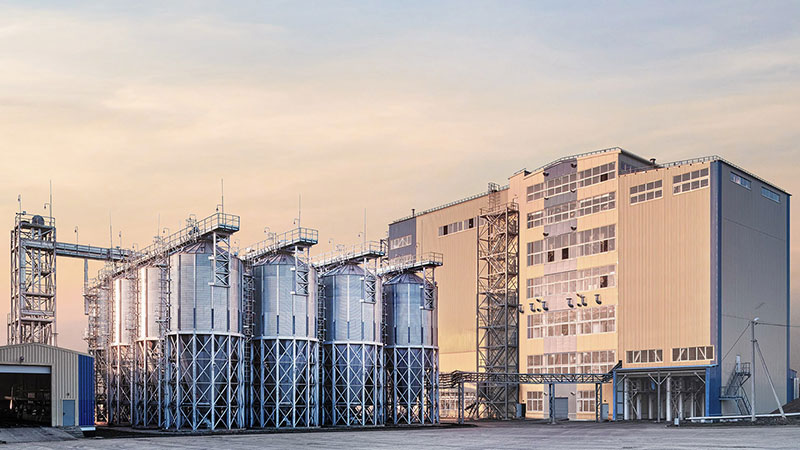
At RICHI, we go beyond project completion. With RICHI Servicee, we’re your dedicated partners in success. Count on us for expert guidance, minimal downtime, and optimized productivity. Choose RICHI for unmatched service and support.
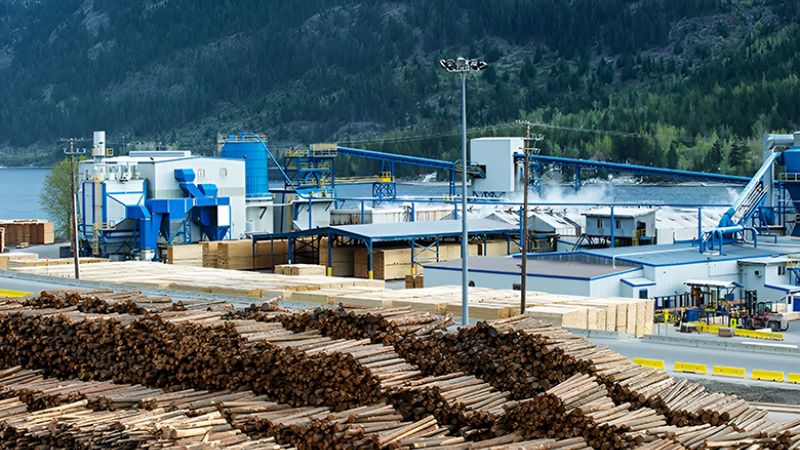
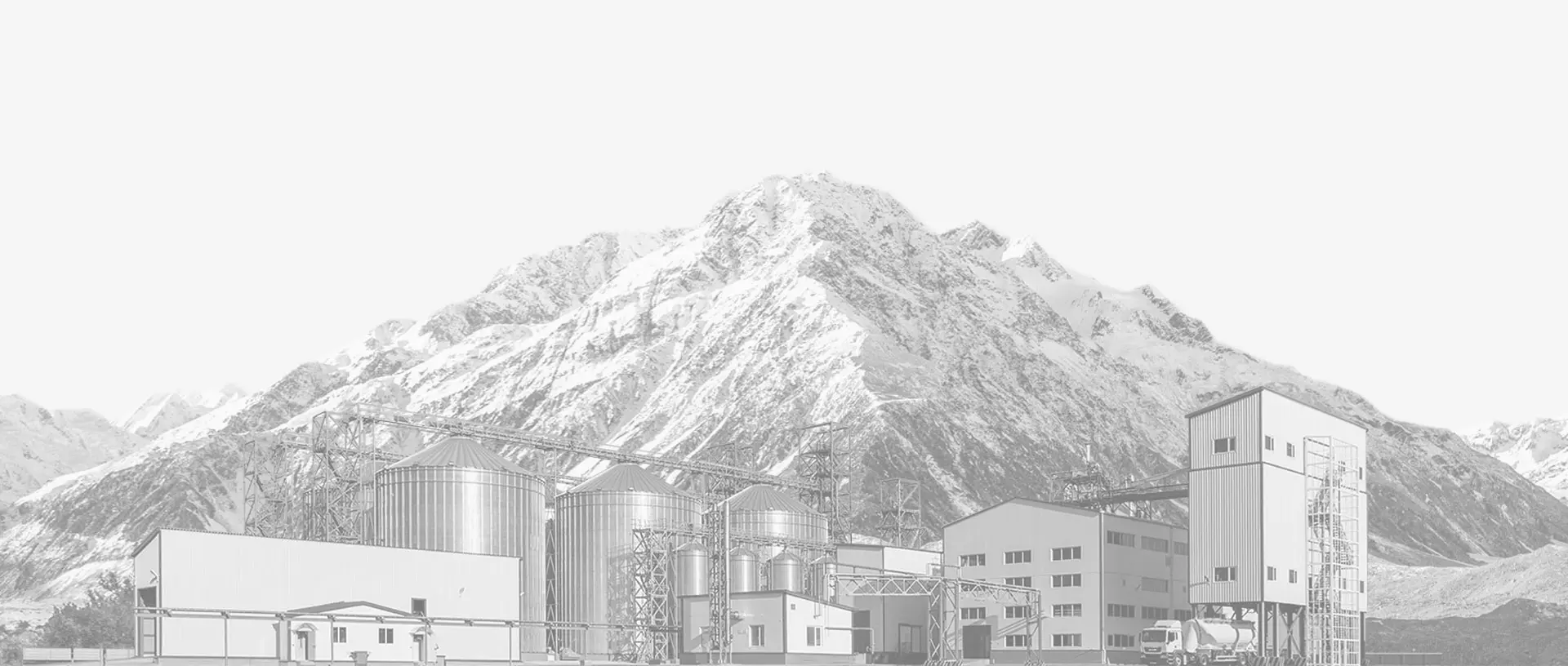

Meet global product demands and quality standards with industry-leading pellet plant design, engineering, equipment, and construction services for pellet processors.
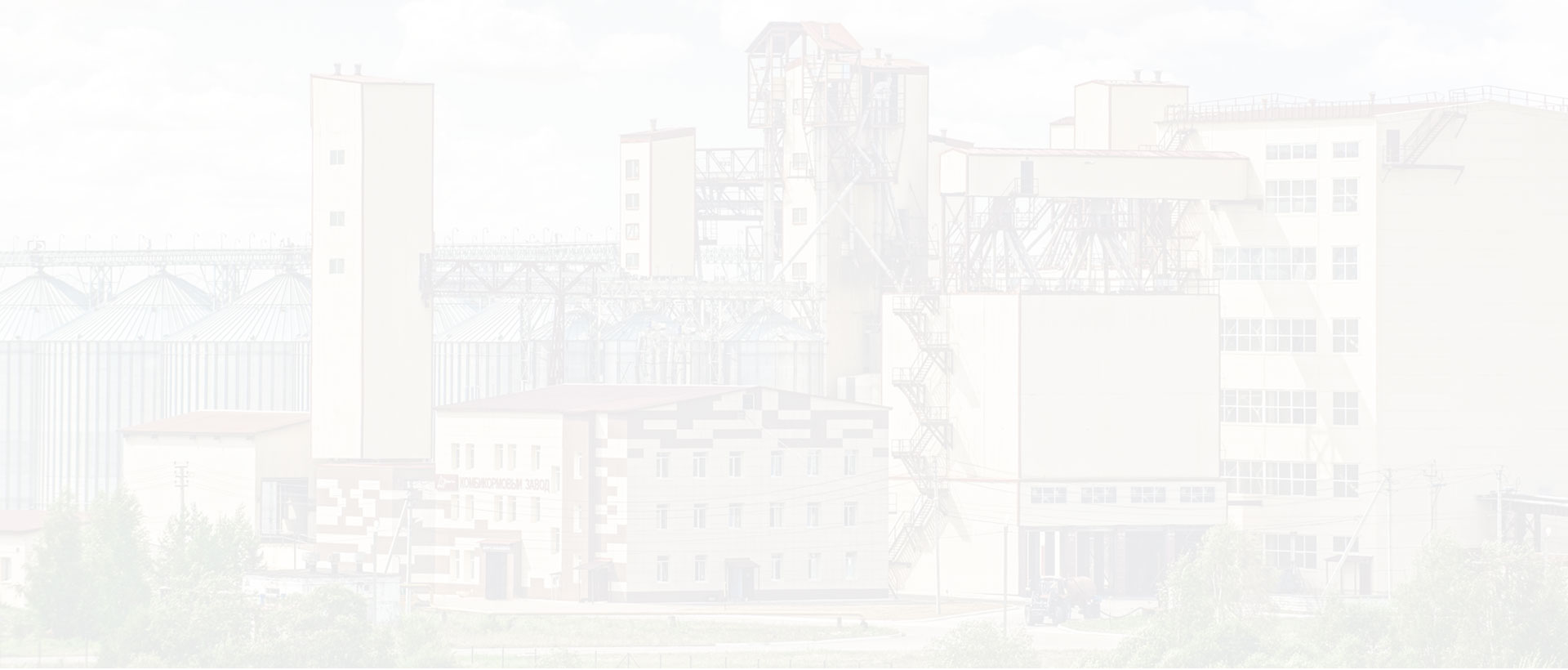
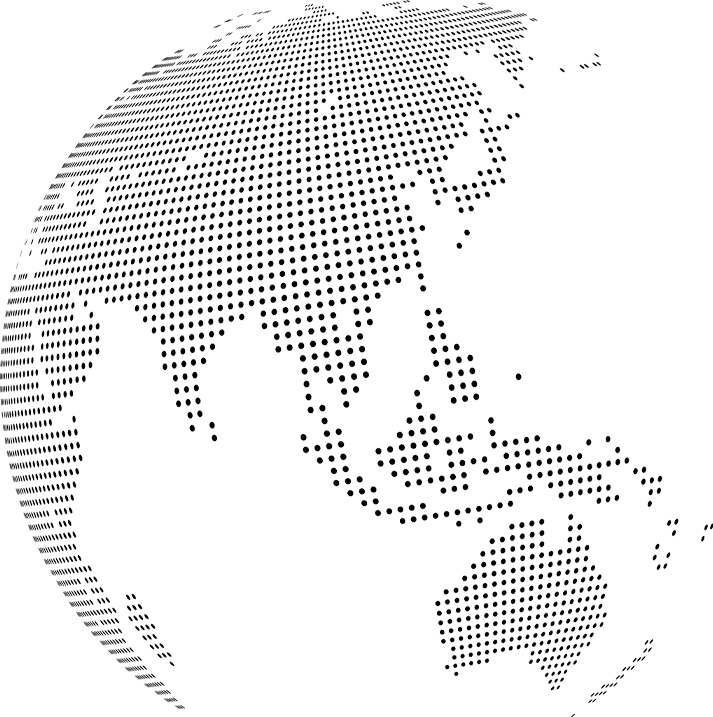
Your Partner Beyond Project Completion
2000+ cases
RICHI is the leading designer, manufacturer and builder of pellet plants in the world, completing over 2000 projects in 140 countries across 6 continents.
Read More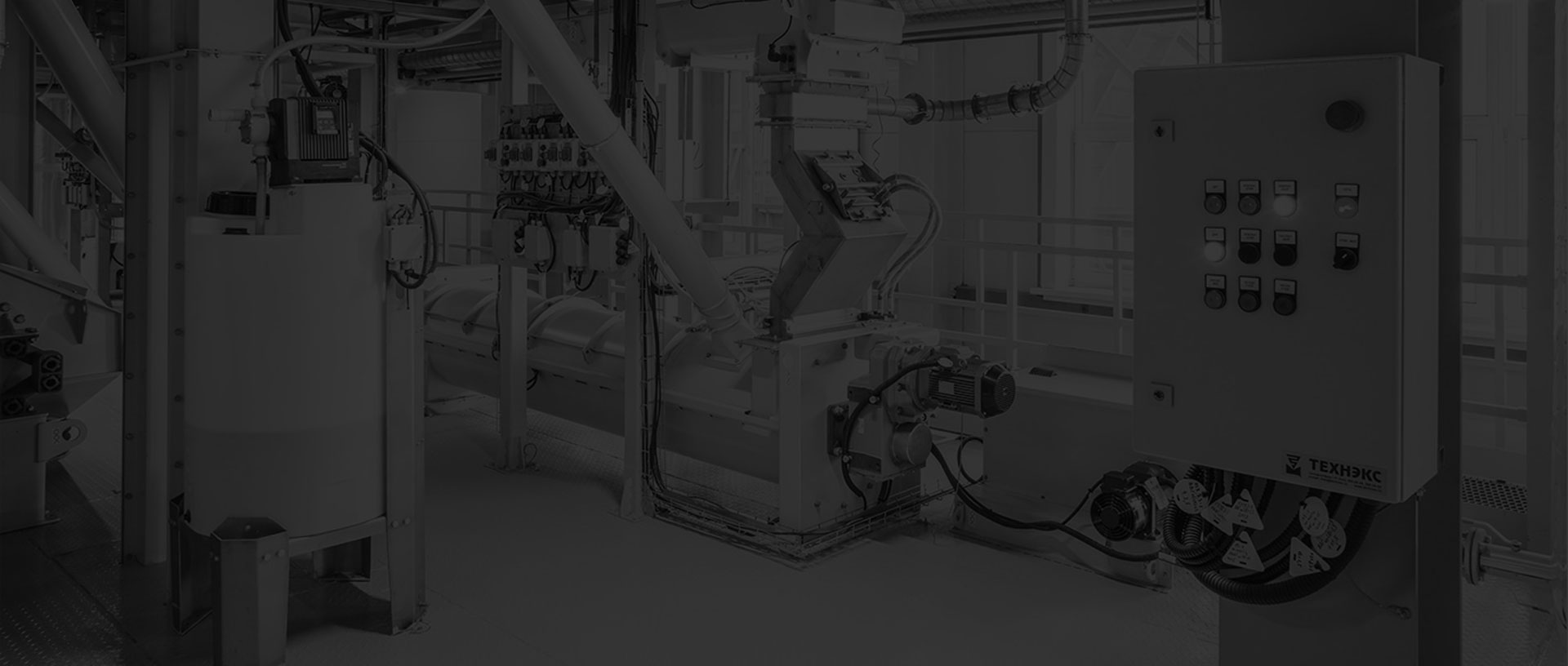
Increase plant productivity, profitability, and safety by integrating high quality equipment into your pellet production line. Over the years, RICHI has become China's top pellet equipment manufacturer. At the same time, RICHI has established valuable partnerships with the world's leading component and raw material manufacturers to bring you the best there is in technology, automation, and efficiency in pelleting plant machinery.
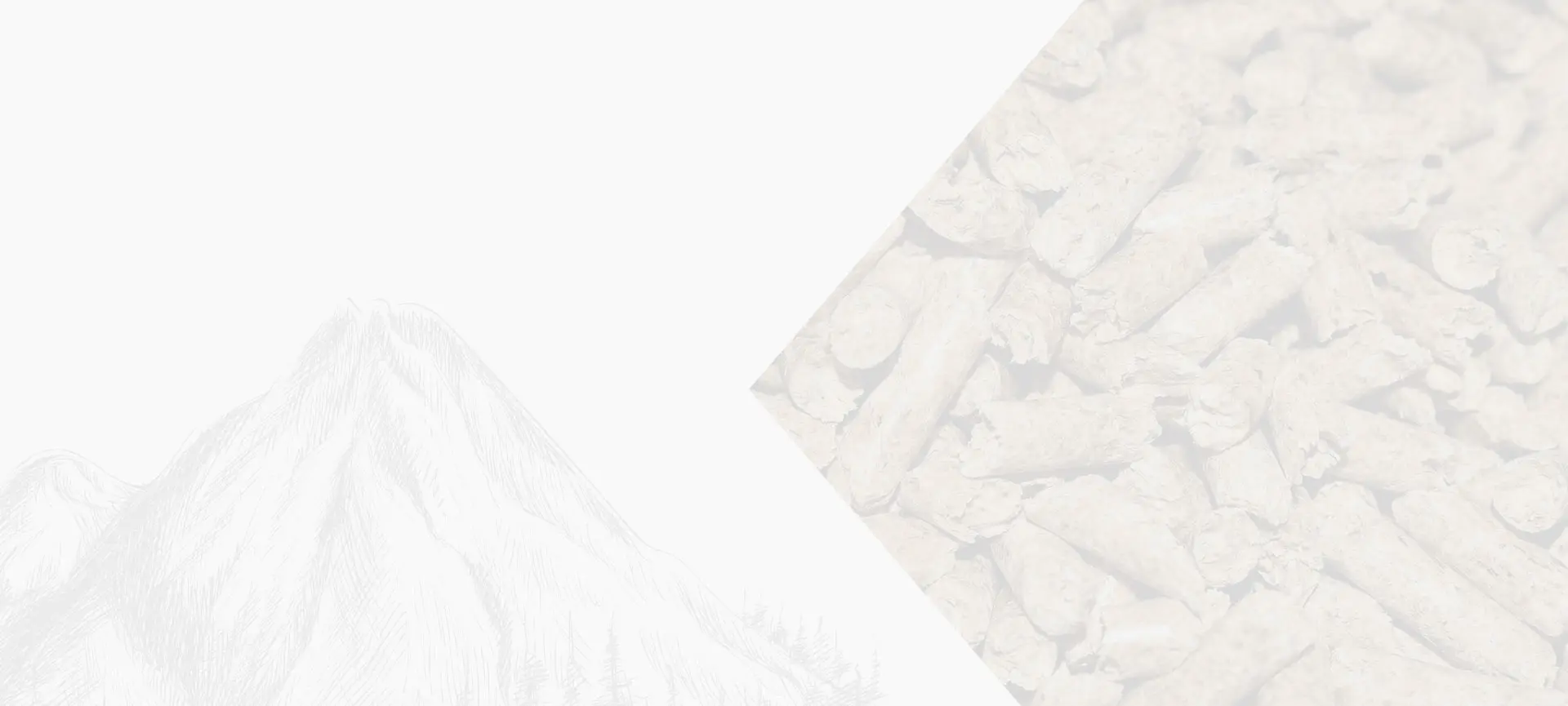
For nearly 30 years, RICHI has been providing best-in-class pellet plant equipment and services to clients across a variety of industries, sizes, and needs. We pride ourselves on the knowledge and skill that each team member possesses – from our technical sales team to our process design engineers. You can count on RICHI Machinery to take your operation to the next level of innovation, quality, and success.
Need help with your pellet manufacturing plant project? Contact us today.
ANIMAL FEED
BIOMASS
WOOD
ORGANIC FERTILIZER
AQUA FEED
CAT LITTER
MUNICIPAL WASTE RECYCLING
SPECIAL PELLET PRODUCTION
RICHI Machinery continues to deliver world class pellet mill equipment, pellet plant engineering and project solutions that add value to our customers in the animal feed, wood waste, agriculture waste, organic fertilizer, cat litter and special pellet products industries. Throughout the years, we RICHI Machinery have built strong brand, becoming industry-leading pellet machine manufacturer. We value integrity, promise quality, and prioritize your success.
Learn MoreWith our expert team, we precisely implement your process engineering requirements in pellet mill and pelletizing plant systems. No matter which industry you’re in – we understand your needs and deliver solutions that meet the highest standards.
At RICHI, quality comes first. Our pellet making machine and related pellet line equipment undergo rigorous quality controls to ensure they meet the highest standards. Rely on products that are durable, safe, and efficient.
With decades of experience in pellet machine and pellet production line production, we have earned a reputation as a trusted partner in various industries. Our expertise allows us to cover a wide range of applications.
Not only do we offer premium pelleting equipment, but we are also experts at designing, building, installing, and maintaining facilities from the ground up. Our expertise is within pellt plant process design, discovering the most efficient, productive, and profitable way to handle your materials in an end-to-end cycle.
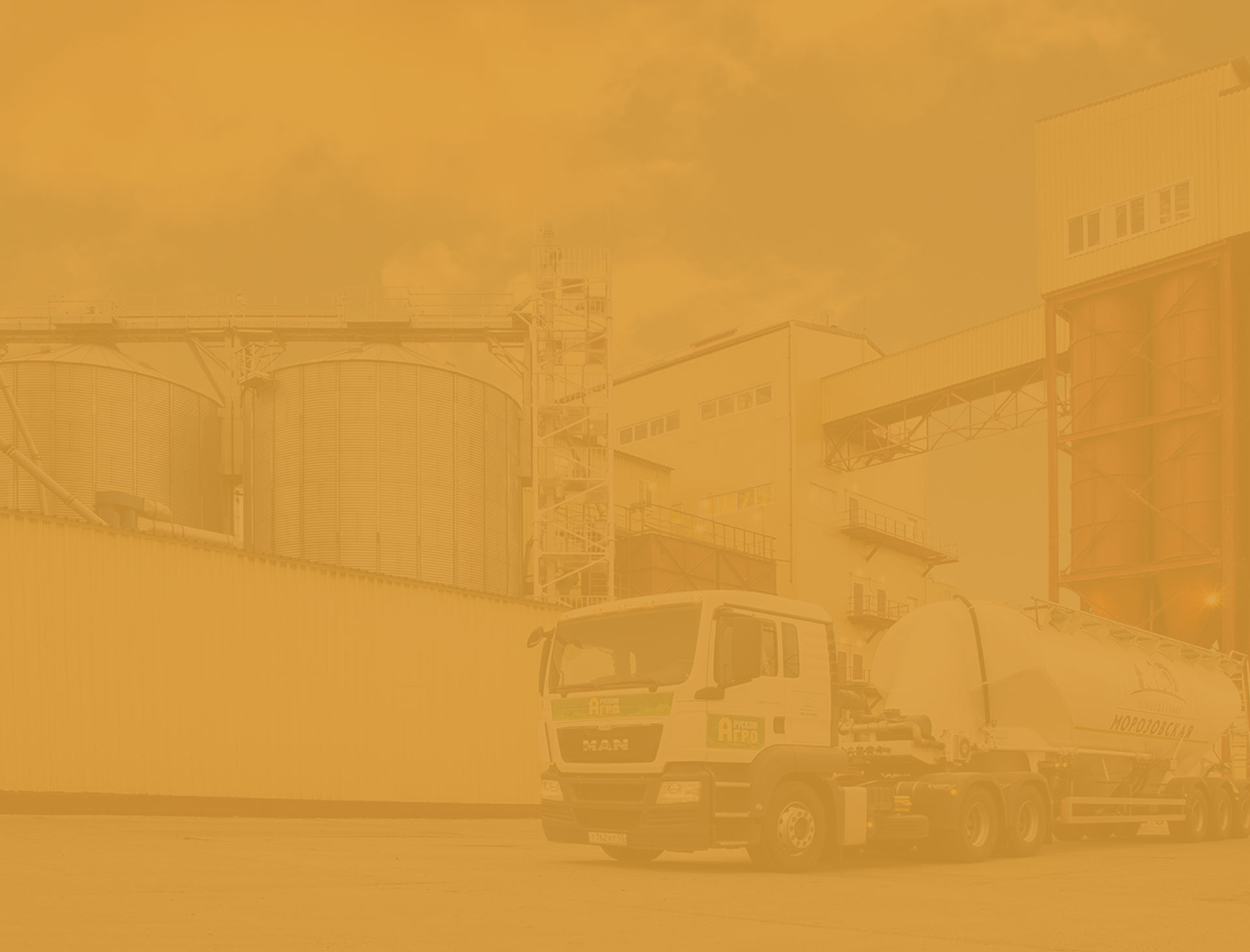
Keeping in touch with us is an effective way to solve all your problems. If you have any needs or questions, please leave your contact information, then RICHI technical consultants will send design, quotation, videos to your mailbox. You can also contact us directly via WhatsApp: +86 13838389622
Copyright©2015-2024 by HENAN RICHI MACHINERY CO., LTD. All rights reserved.